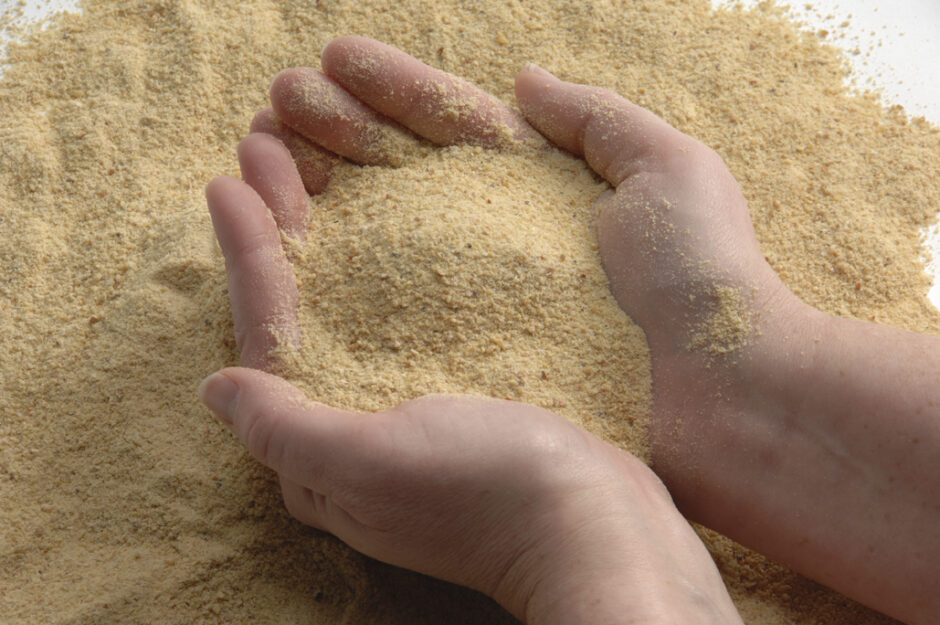Heat Damage Insights from Lysine Ratio & Benefits of Extrusion

The processing method and parameters of raw soybeans into soymeal can impact quality, like deactivating anti-nutritional factors effectively. With any thermal treatment, caution must be taken to not overcook or damage the beans because this can affect the amino acid digestibility present in the protein, making them unavailable for the animal. Lysine, the first limiting amino acid in monogastric diets, is the most susceptible to damage, forming undigestible complexes with sugars. Therefore, protein quality is related to the amino acid profile of a protein and how much of it is available for the animal. For this reason, it is important to know the proper parameters for processing soybeans and other ingredients.
The relationship between lysine and protein is described by the lysine-to-crude protein ratio. Usually, lysine concentration decreases if an ingredient is heat-damaged. Therefore, measuring the concentration of lysine expressed as a percentage of crude protein can be used as an indicator of heat damage or over-processing in feed ingredients. Reduced values of lysine:protein ratio (less than 6) have been associated with heat damage.
Insta-Pro’s high-shear dry extrusion HTST process focuses on proper parameters to avoid overcooking. Looking at animal feeding trials below that were conducted to test the nutritional value and lab results of ExPress® soymeal, it can be noted that the lysine:protein ratio is greater than 6, which indicates that the soymeal was not heat damaged.
| Reference | Feeding Trial | Lysine:Crude Protein Ratio | Lysine Digestibility % |
| Zhang et al., 1993 | Poultry | 6.01 | 91.4 |
| Woodworth et al., 2001 | Swine | 6.20 | 91.0 |
| Karr-Lilienthal et al., 2006 | Poultry | 6.05 | 89.3 |
| Swine Study, 2018 | Swine | 6.20 | 92.0 |
| Insta-Pro® (based on Lab. Analysis) | – | 6.20 | – |
These values are aligned with high values of lysine digestibility and metabolizable energy in poultry and swine fed ExPress® soymeal. Although animal feeding trials are the most precise means to test if an ingredient has been processed correctly, values of lysine:protein ratio (which requires lab analysis) are a quality control tool and an indicator of heat damage that can be used by soy processors to evaluate the quality of soymeal.
Key points to consider:
- Many processing techniques are prone to causing heat damage to beans, including high-temperature solvent extraction, roasting, or direct steam cooking. Heat processing parameters are crucial and should be set properly to obtain high-quality products. The precision parameters set for Insta-Pro’s high-shear dry extrusion and HTST process prevent heat damage from occurring.
- Processors can use the lysine:crude protein ratio as an additional indicator of heat damage.
- Monitoring processing parameters is paramount to obtain a quality product that supports the digestibility and production performance of animals.



